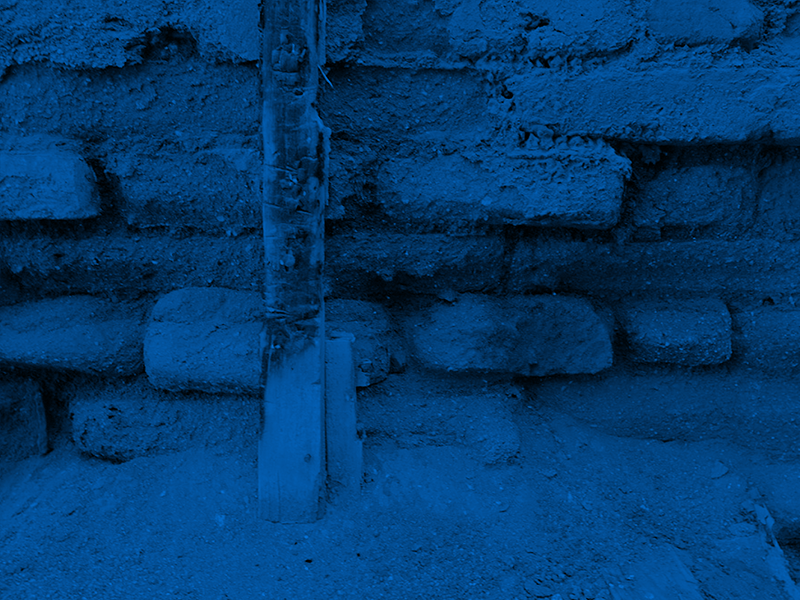Closing talk by Prof. Petros Themelis (GR) – Professor Of Classical Archaeology, Director of the Ancient Messene Project
location: Stadium map >>>

The urban landscape of Messene was constructed in the Early Hellenistic era, according to certain architectural and town-planning principles of spatial organization reflecting the political and social values of the period applied to the demands of this programmatic city founded by the Thebans in 369 B.C. on the south slopes of mount Ithome. The city was famous for its mighty fortification walls, the monumentality of its public buildings and the Hippodamian town-plan. Pax Romana distinguished Messene, particularly since the age of Augustus, as a city with a high level of social and economic status. It retained its size and urban plan until around the end of the fourth century AD. When the traveler Pausanias visited Messene during the reign of Antoninus Pius, the city was still the center of social, economic, and public life, point of reference for the entire state. He could still admire the statues of divinities, heroes and historical figures erected in sanctuaries established in the late 4th – early 3rd c. BC. In the fourth century AD, Messene found itself powerless to hold back the progressive deterioration of its buildings which were gradually abandoned to their fate; the theatre became the first casualty, it started to be used as a quarry already in the time of Diocletian.
The cityscape functions as a “palimpsist” preserving evidence related to its successive constructional phases in the course of time from the 4th century BC to the 14th AD. The character of the landscape is defined and transformed by human activities and ideologies; it is a cultural product subject to constant re-interpretation.